The Importance of Urban Green Spaces
Defining Urban Green Spaces
Urban green spaces are defined broadly to include any area with vegetation that benefits urban ecological health, such as parks, gardens, green roofs, street trees within the city environment, community gardens, and urban farms. These areas are vital for both aesthetic appeal and ecological functions. They provide habitats for various species, enhance urban biodiversity, and help mitigate urbanization effects such as bad air quality, high temperatures, and storm water runoff, therefore, fostering healthier environments for people and wildlife. As urbanization grows, prioritizing green space integration is vital for sustainable urban environments.
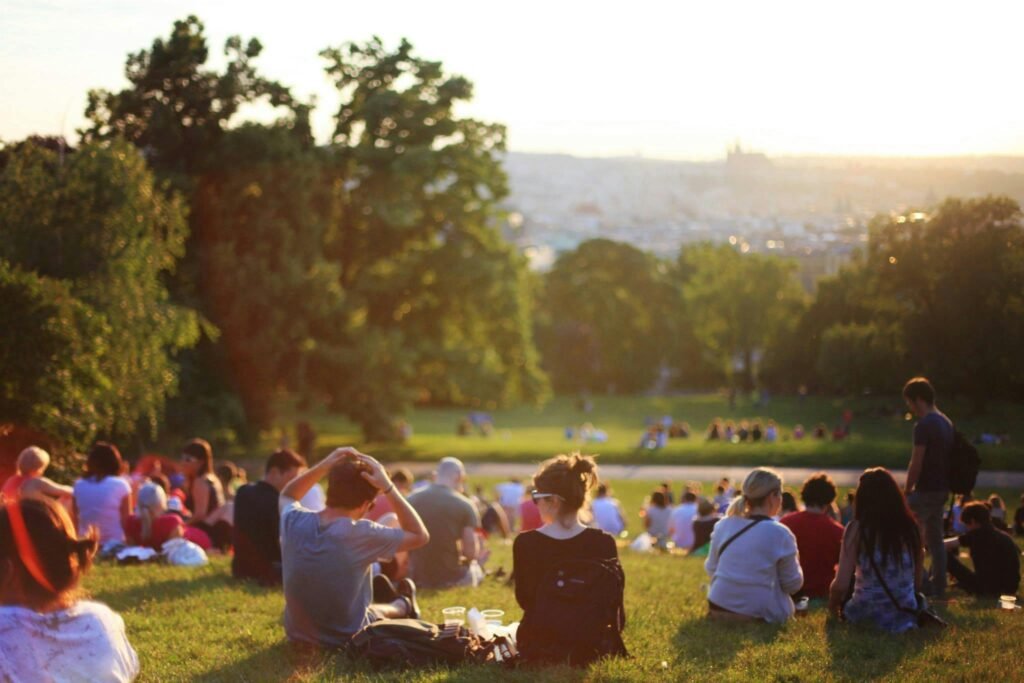
Despite urban challenges, cities can serve as refuges for various species. The design and management of urban green spaces are crucial for their effectiveness. Thoughtful planning ensures these areas are accessible and appealing to residents while providing habitats for wildlife. Using native plants, creating varied landscapes, and adding water features can boost biodiversity and ecological connectivity while engaging local communities in caring for these spaces fosters ownership and long-term sustainability.
Benefits to Biodiversity
One key role of urban green spaces is supporting biodiversity, which is vital for the health and functionality of cities. Biodiversity enhances ecosystem services like air and water purification, pollination, and soil fertility, essential for food production. Biodiversity also boosts climate resilience. Diverse ecosystems can better withstand environmental changes, such as extreme weather and urban heat. Green spaces with various flora and fauna help mitigate the urban heat island effect by providing shade, reducing energy use, and improving storm water management.
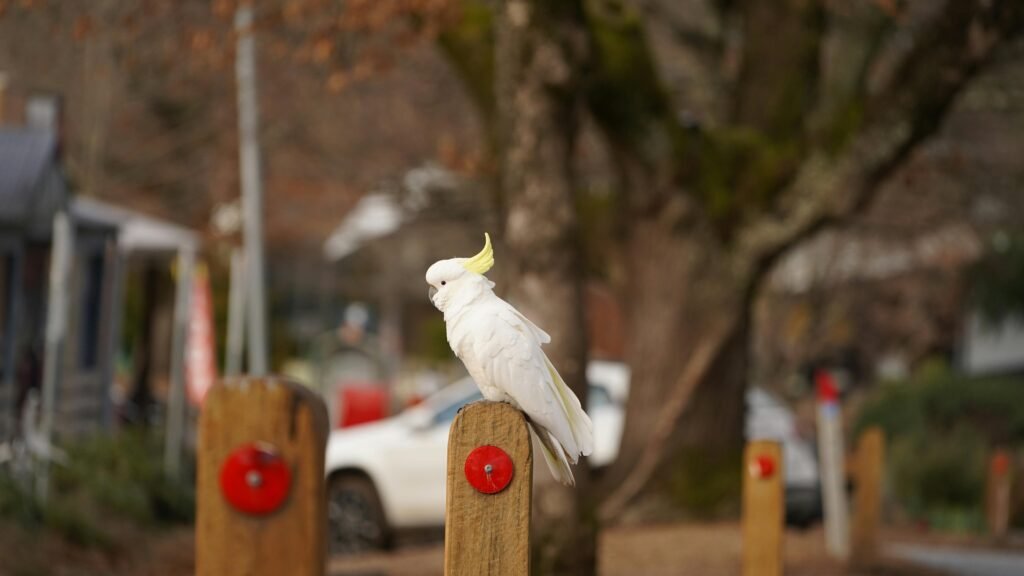
Economically, urban biodiversity attracts tourism and recreational activities, creating jobs and stimulating local economies. Cities rich in biodiversity appeal to residents and visitors alike. Awareness of its importance encourages active participation in conservation efforts, such as native plant restoration. This involvement strengthens community ties and fosters a commitment to preserving urban green spaces, paving the way for a sustainable future.
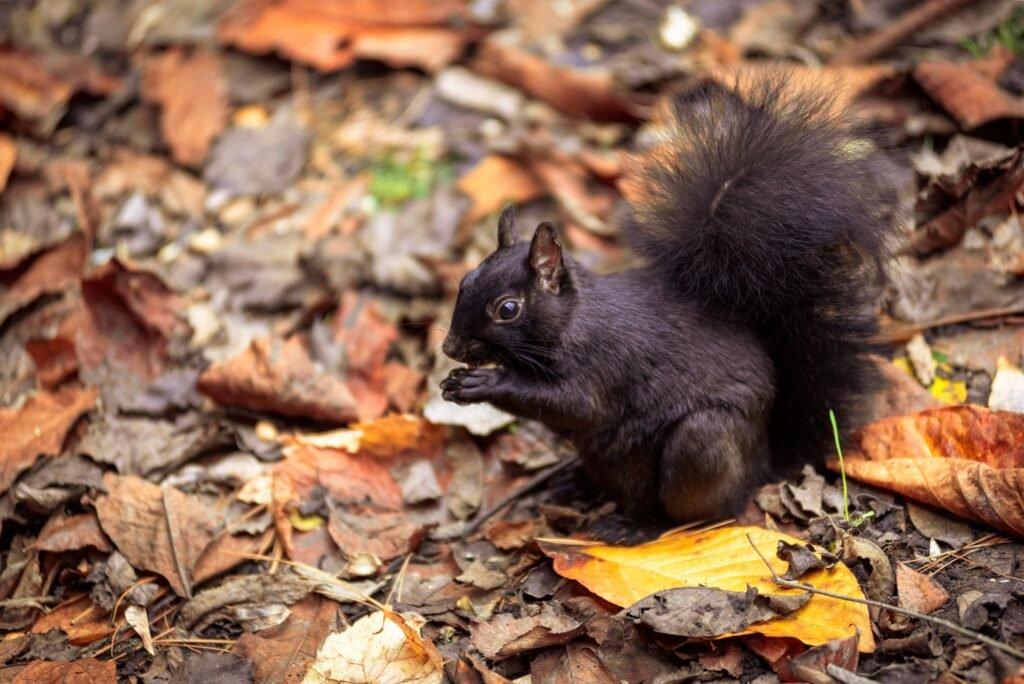
Social and Psychological Advantages
Urban green spaces are vital for enhancing the social and psychological well-being of city residents. Parks, gardens, and green corridors foster community interaction and cohesion, serving as hubs where diverse individuals come together, promoting inclusivity. These spaces encourage belonging and strengthen relationships among residents.
Access to green areas is linked to better mental health outcomes, reducing stress, anxiety, and depression while improving mood and life satisfaction. The calming effects of nature provide a necessary break from urban life, with research showing that time spent in green spaces lowers cortisol levels associated with stress.
The aesthetic value of parks and green corridors also influences residents’ perceptions of their neighborhoods. Well-kept green spaces enhance place identity and attractiveness, potentially increasing property values and benefiting local businesses. A vibrant green area can transform a dull environment into an engaging space, encouraging deeper connections between residents and visitors.
Green spaces also promote physical activity, essential for a healthy lifestyle. Parks are venues for walking, jogging, cycling, and team sports, increasing exercise levels among urban dwellers. This physical engagement promotes both health and social interaction, fostering a holistic approach to well-being.
Finally, urban green spaces encourage environmental awareness and stewardship. As individuals engage with these areas, they develop a greater appreciation for biodiversity and ecological services, inspiring conservation efforts and advocacy for sustainable practices.

FITS SEAMLESSLY INTO YOUR LIFE.
EFFORTLESS ASSEMBLY, LIKE NO OTHER.
BUILT TO LAST.
SUPPORTING OUR COMMUNITY.
FREE 3-YEAR WARRANTY.
Types of Urban Green Spaces
Parks and Gardens
Parks and gardens are crucial green corridors in urban landscapes, providing habitats for various species and improving city residents’ quality of life. These spaces support biodiversity and act as refuges for wildlife in increasingly urbanized environments. Integrating parks and gardens into city planning promotes ecological balance, sustaining flora and fauna that struggle to survive amid concrete.
The design and maintenance of these areas impact their effectiveness as biodiversity hotspots. Landscapes featuring native plants are more beneficial than those with non-native species, as they offer food and habitat for local wildlife and require less water and maintenance. Selecting appropriate plant species enhances biodiversity and fosters resilience against pests and diseases.
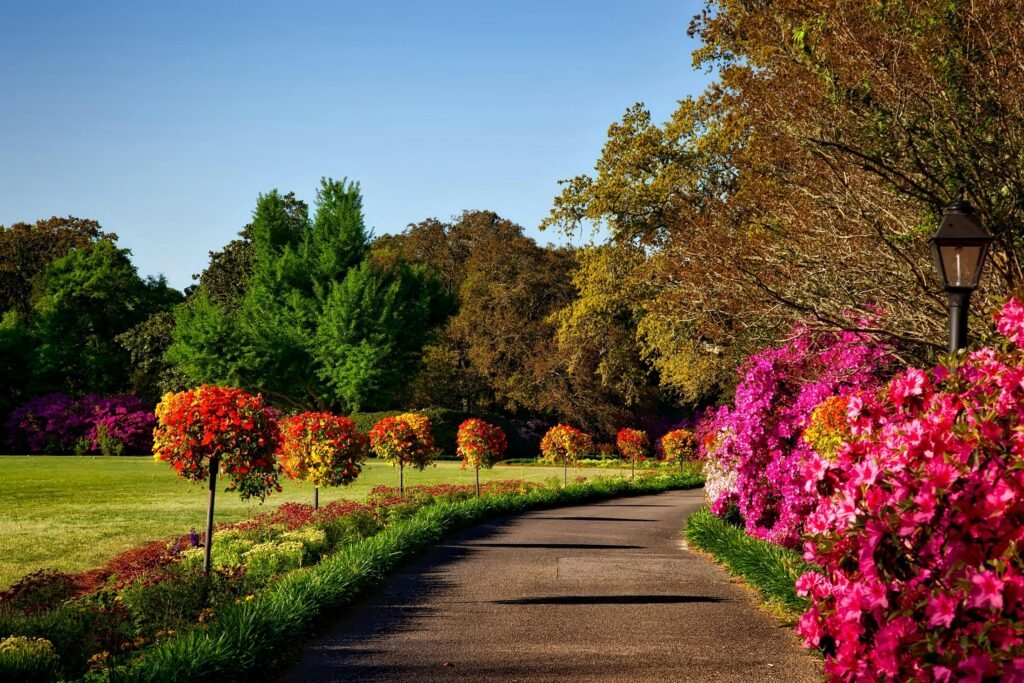
Urban parks and gardens deliver essential ecosystem services that improve city environments. They filter pollutants, mitigate heat island effects, and manage storm water naturally. They enhance living conditions for residents and support diverse biological communities. Additionally, trees and vegetation reduce noise pollution and improve mental well-being.
Green Roofs and Vertical Gardens
Green roofs and vertical gardens are innovative solutions that have gained popularity in urban areas, addressing limited space while promoting biodiversity. These green infrastructures integrate vegetation into the built environment, providing habitats for various species and enhancing the esthetics and functionality of cities.
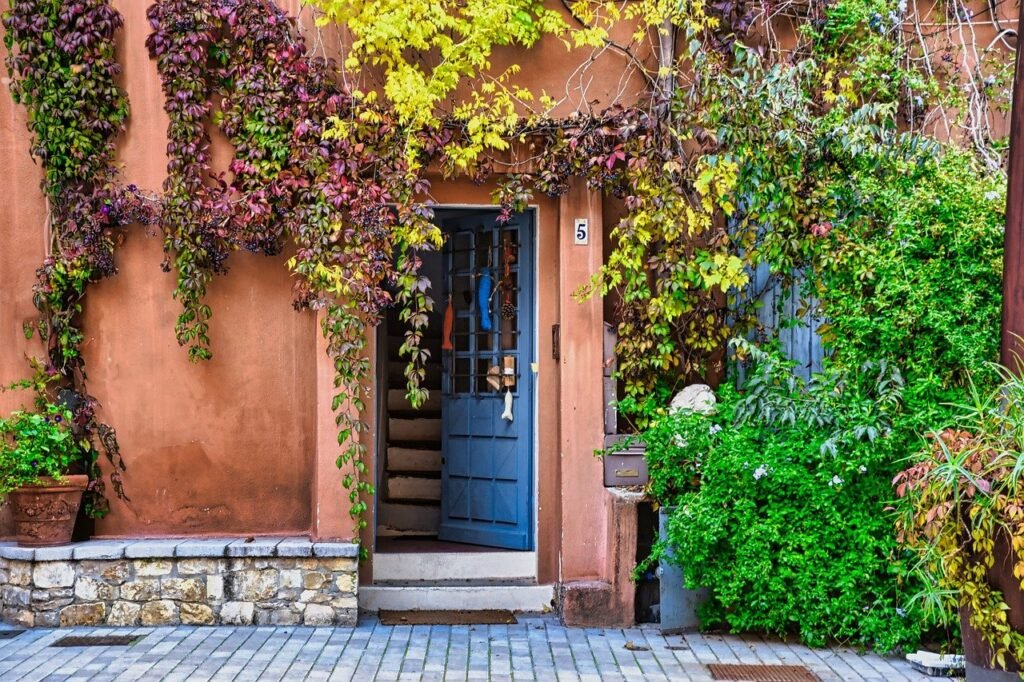
Green roofs involve installing vegetation on rooftops, ranging from simple grass surfaces to elaborate gardens. They serve multiple purposes, such as storm water management, insulation, and air quality improvement. By absorbing rainwater, they reduce runoff and flooding risks, while regulating building temperatures and lowering energy consumption. Vegetation on rooftops also filters air pollutants, contributing to cleaner air in densely populated areas.
Vertical gardens, or living walls, bring nature into urban environments through panels that support various plants growing vertically. These gardens can be installed on building exteriors or walls, particularly in spaces with limited ground area. They create micro habitats for wildlife, promoting urban biodiversity. Additionally, green walls can enhance sound insulation and air quality while adding visual appeal to the landscape.
Green roofs and vertical gardens are essential to modern urban design, merging nature with architecture and offering ecological benefits. They significantly benefit the environment by enhancing urban biodiversity by providing habitats for native species, establishing ecological corridors, and attracting pollinators, thus, contributing to the urban ecosystem’s overall health. Furthermore, they serve as educational tools, raising awareness about biodiversity and sustainable urban planning.
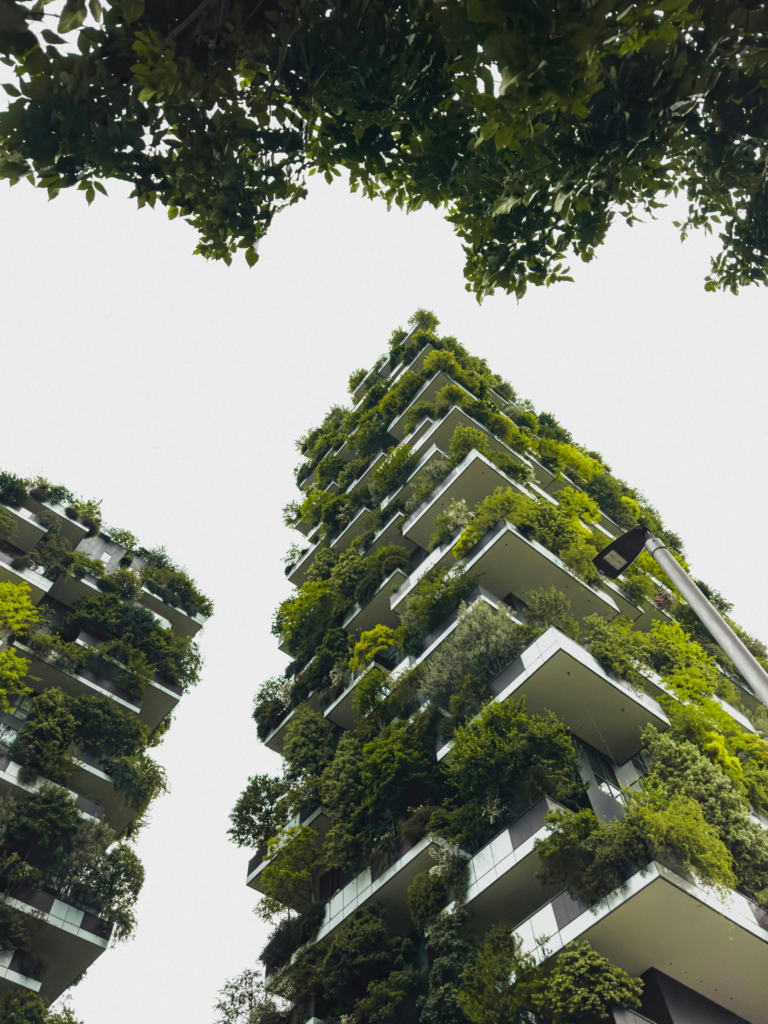
Community Gardens and Urban Farms
Community gardens and urban farms are vital for enhancing urban biodiversity and promoting community engagement and education. These green spaces provide habitats for species like pollinators and beneficial insects, essential for ecological balance in cities. They attract a variety of wildlife, creating vibrant ecosystems amidst urban settings. This biodiversity supports environmental health and strengthens urban resilience against climate change.
Residents often drive the establishment of these gardens and farms, utilizing underused land for food production and recreation. Collaboration among neighbors, community organizations, and local governments is key. These spaces foster social cohesion, bringing together individuals from diverse backgrounds and promoting a sense of belonging. Participants gain knowledge of sustainable practices, enhancing their appreciation for environmental stewardship.
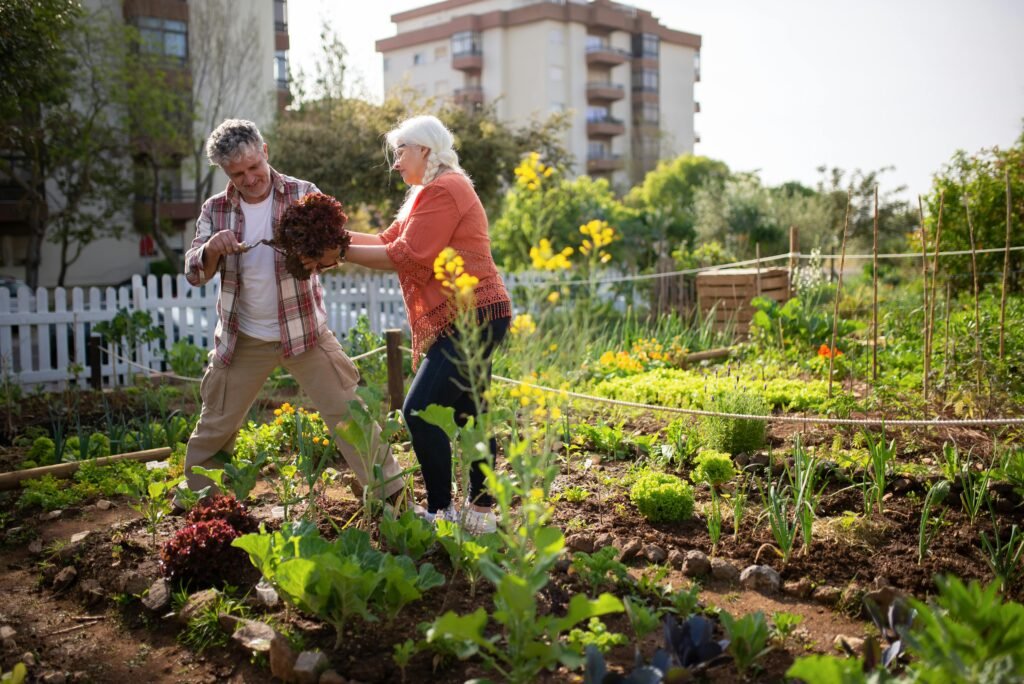
Moreover, community gardens and urban farms offer significant economic benefits. They provide fresh produce in food deserts, reducing grocery bills and improving diets. Additionally, urban farms create job opportunities in agriculture and related fields, boosting the local economy, particularly in underserved neighborhoods. Educational programs with workshops and volunteer opportunities engage individuals of all ages, inspiring a new generation of environmentally conscious citizens.
Planning for Green Corridors
Understanding Ecological Connectivity
Ecological connectivity refers to the interconnection of habitats within an ecosystem, facilitating species movement and ecological processes. In urban areas, where natural landscapes are often fragmented, promoting ecological connectivity is crucial for biodiversity. Urban green spaces, including parks and gardens, act as essential links between isolated habitats, supporting wildlife and enhancing ecological resilience. These green corridors allow animals to move and exchange genetic material, vital for healthy ecosystems.
A key benefit of ecological connectivity in cities is its support for wildlife. Many species struggle in fragmented landscapes. Creating networks of green spaces provides safe passages for them to find food, mates, and suitable habitats. Urban corridors also help species adapt to environmental changes, such as climate change, by enabling migration to more suitable areas, which is critical for maintaining biodiversity. Pollinators like bees and butterflies depend on interconnected habitats for foraging and breeding. Integrating flowering plants and native species within urban landscapes supports these populations. Additionally, interconnected green spaces facilitate seed dispersal and plant community establishment, crucial for ecosystem health.
Beyond supporting wildlife, ecological connectivity enhances urban ecological functions. Green corridors improve air and water quality, regulate temperatures, and aid in storm water management by absorbing rainwater and reducing runoff. These functions are essential for healthier urban environments, benefiting public health and quality of life. Connected green spaces serve not only as recreational areas but also as ecosystems supporting diverse wildlife.

DIG, CUT & SCOOP
PROFESSIONAL GRADE
DURABILITY AT ITS BEST
SATISFACTION GUARANTEED
Designing Green Corridors
Designing green corridors creates interconnected networks of natural habitats that support wildlife movement and enhance urban biodiversity. These corridors, which can include parks and green ways, link fragmented ecosystems and promote ecological health by providing services such as air purification and storm water management. The design process considers local flora, fauna, topography, and human activity to meet both ecological and community needs.
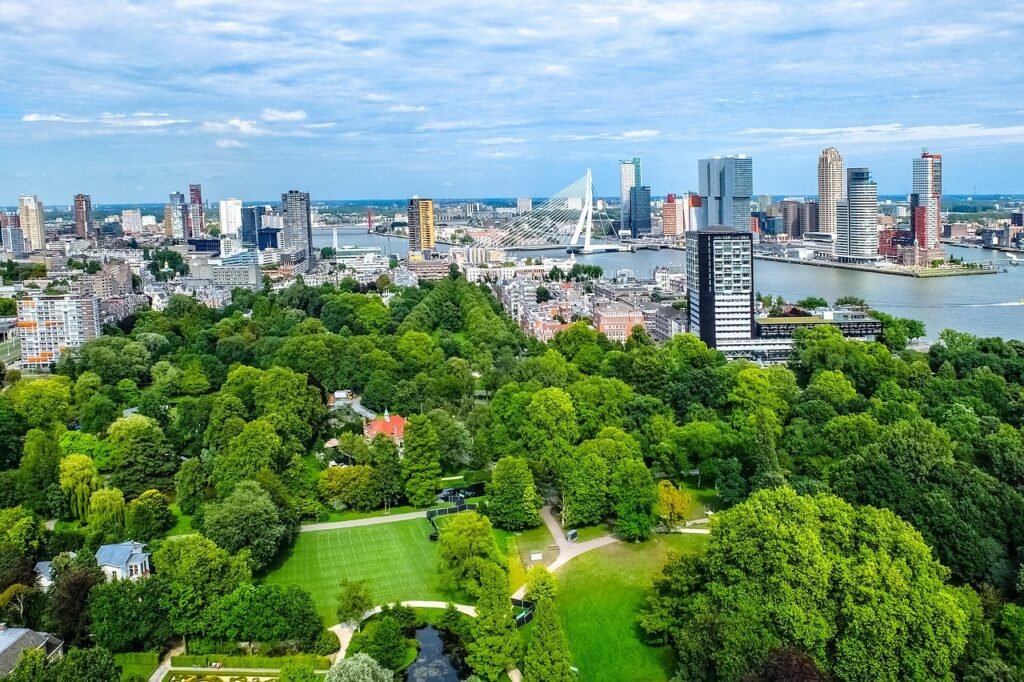
Species Interactions
Species interactions are vital for ecological balance, especially in urban landscapes where habitats are usually fragmented. These interactions include predation, competition, mutualism, and commensalism, all of which contribute to biodiversity. Recognizing these dynamics emphasizes the importance of preserving urban green areas.
Predation is a direct interaction where predators like birds of prey regulate prey populations such as rodents and insects. This natural control maintains ecosystem balance and prevents dominance by any one species. Urban gardens attract various insects, including beneficial pollinators like bees and butterflies, while some may become pests. This interplay highlights the need for a healthy urban ecosystem.
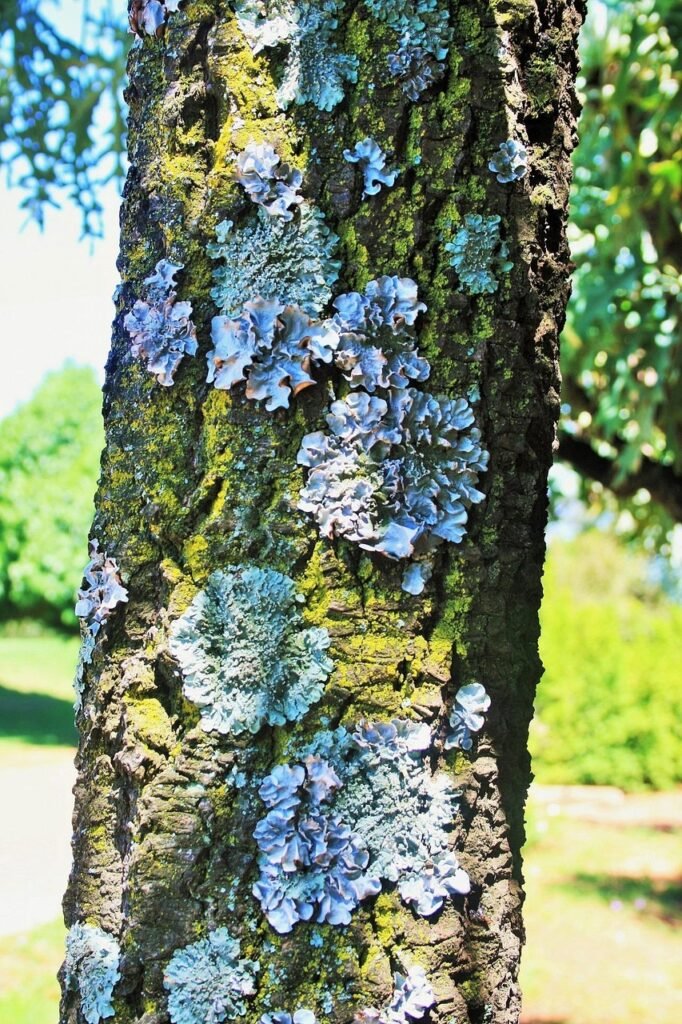
Competition also plays a significant role, as species compete for limited resources like light and water. Native plants often struggle against invasive species that thrive in urban conditions, threatening local biodiversity. Implementing management strategies that favor native flora can help preserve ecological integrity.
Mutualism is common in urban green spaces, where two species benefit from their interactions. For instance, plants depend on pollinators for reproduction, while pollinators receive nectar. These relationships enhance biodiversity and support urban ecosystem health. Designing green spaces to encourage mutualistic interactions can bolster biodiversity.
Commensalism, where one species benefits without affecting another, also occurs in urban environments. Birds nesting in city trees exemplify this subtle interaction. Such relationships underscore the need for diverse habitats. Creating green corridors can enhance species movement and interactions, enriching urban biodiversity and fostering resilient ecosystems.
Pollinator Pathways
Pollinator pathways are also crucial in urban green spaces, acting as corridors that support pollinators like bees and butterflies. These pathways connect fragmented habitats, allowing access to food and nesting sites while enhancing city biodiversity.
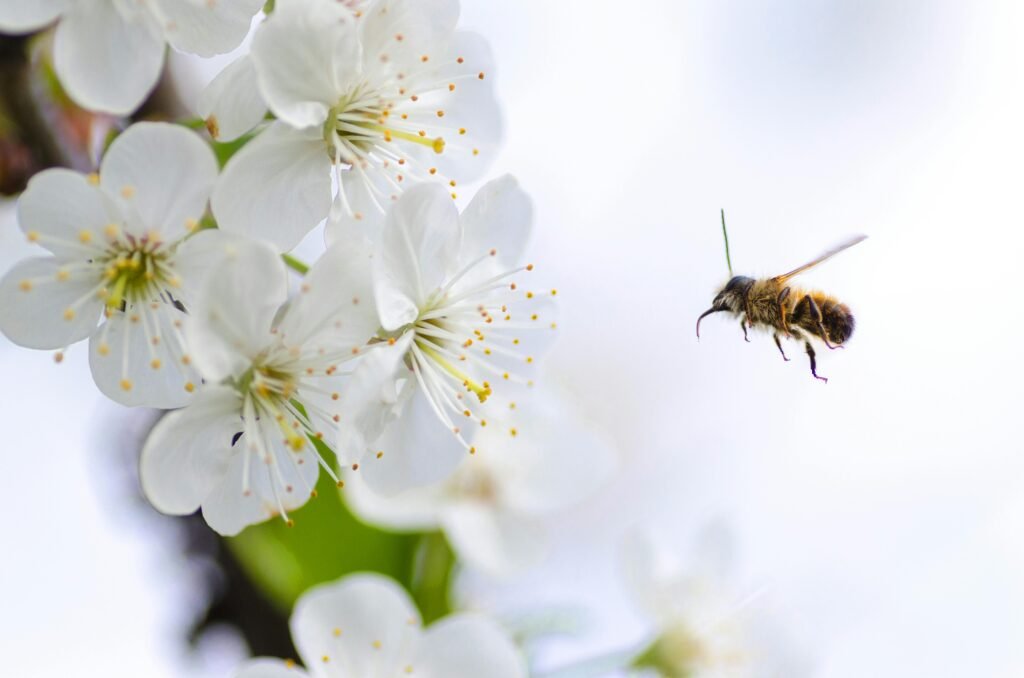
Effective pollinator pathways integrate native flowering plants into gardens, parks, and streetscapes. Native plants benefit local pollinators by providing essential resources. By choosing diverse species that bloom at various times, urban planners and gardeners can ensure a steady supply of nectar and pollen, which is essential for diverse pollinator populations and strengthens urban ecosystems.
In addition to native plants, structures like bee hotels and water sources can enhance pathways, offering safe habitats for pollinators and addressing urban challenges like habitat loss and pesticide exposure. Features such as flowering hedgerows and wildflower meadows can create interconnected habitats, promoting genetic diversity among pollinator populations.
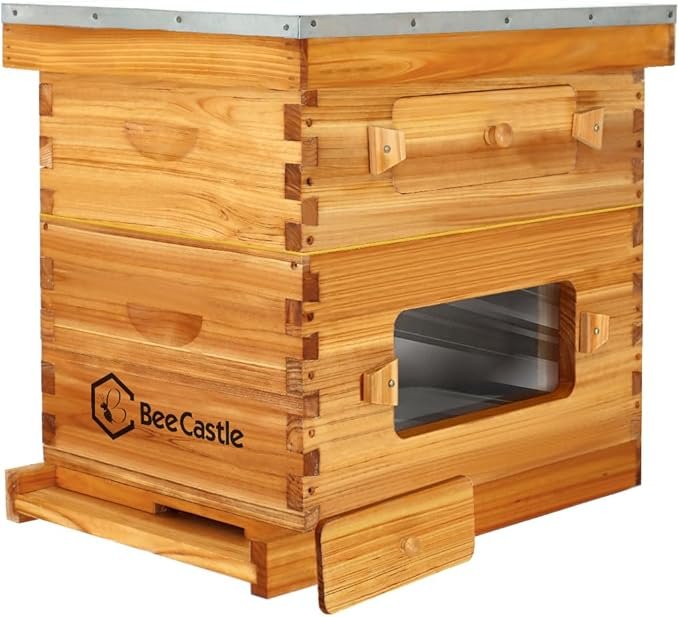
TRANSPARENT PLEXIGLASS WINDOWS
EASY TO ASSEMBLE
REINFORCED DESIGN
BEESWAXED COATED
COMPLETE 10 FRAME BEEHIVES
Community Engagement and Participation
Involving Local Residents
Involving residents in the development and maintenance of urban green spaces is key to creating vibrant, sustainable environments. Engaging the community fosters a sense of ownership and responsibility, ensuring these spaces are well cared for and utilized. When residents participate in planning and upkeep, they offer valuable insights into local needs.
Community involvement can take many forms, from volunteer planting days to workshops where residents voice their ideas. Collaboration with local organizations and schools can enhance efforts to involve residents. Partnerships create educational opportunities where residents learn about native plants and sustainable practices.
Showcasing successful projects also encourages residents to advocate for their ecosystems. Incorporating local art and culture into green corridors strengthens community ties. Spaces that reflect neighborhood identity foster deeper engagement. Art installations and community gardens designed with resident input resonate with local values, fostering pride and motivating active preservation.
Finally, ongoing communication is vital for sustained resident involvement. Regular meetings, surveys, and digital platforms allow residents to share experiences and suggestions, ensuring their voices are heard. This feedback enhances management and builds trust between city planners and the community. When residents feel valued, they are more likely to invest in the health of urban green spaces, leading to greater biodiversity and improved urban living conditions.
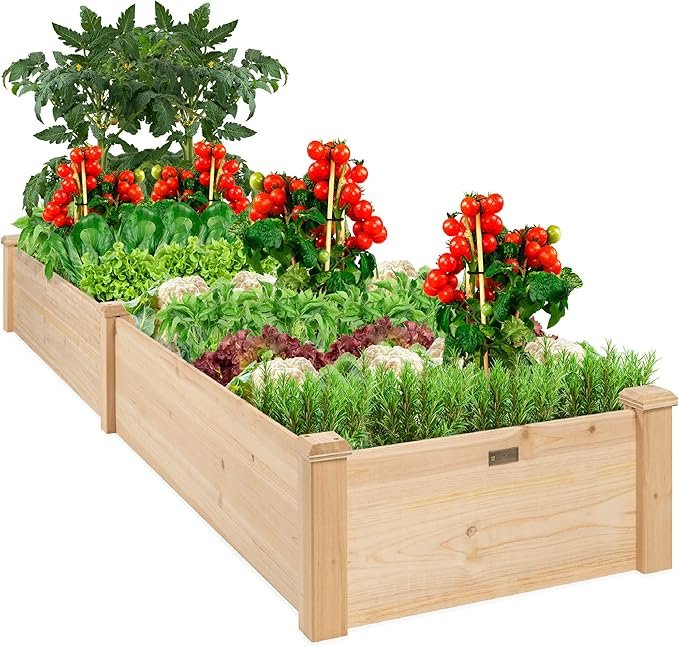
BUILT TO LAST
EASY ASSEMBLY
MAXIMIZE SPACE
GARDEN ORGANIZER
OUTDOOR ACCENT
OVERALL DIMENSIONS: 96″(L) x 24″(W) x 10″(H)
Educational Programs and Workshops
Educational programs and workshops are vital for raising awareness of urban green spaces and their role in enhancing city biodiversity. These initiatives enable individuals, communities, and organizations to engage with their environment, learn ecological principles, and develop stewardship for urban greenery. These programs help create an informed public that values local environmental efforts.
Hands-on workshops that promote active participation are particularly effective. Activities like planting native species, creating pollinator gardens, or building birdhouses not only impart practical skills but also deepen appreciation for local plant and animal species. This experiential learning makes ecology and conservation concepts accessible to people with various backgrounds.
Additionally, guided nature walks and urban ecology tours allow participants to observe local flora and fauna, underscoring the significance of biodiversity in urban settings. These experiences help cultivate a sense of belonging and responsibility toward green spaces, encouraging advocacy for their preservation.
Collaborating with schools, community centers, and environmental organizations can enhance the impact of these educational efforts. Tailoring programs to meet diverse audiences can lead to greater engagement. For example, ecology lessons integrated into school curricula and community workshops focusing on sustainable gardening can create a ripple effect, as participants share their experiences and knowledge with others.
Volunteer Initiatives
Volunteer initiatives are very beneficial for enhancing urban green spaces and promoting biodiversity as cities grow and natural habitats decline. Community involvement is essential for restoring and maintaining these ecosystems. Volunteer programs engage residents in environmental stewardship, allowing them to contribute to their neighborhoods’ health and sustainability through activities like tree planting, maintaining community gardens, and habitat restoration, all of which have a significant impact on urban biodiversity.

These initiatives educate community members about the importance of green spaces, providing workshops and hands-on activities that teach about native plants, local wildlife, and ecological principles. This knowledge empowers individuals to advocate for policies that support urban biodiversity.
Additionally, volunteer initiatives foster a sense of community. When residents collaborate towards a common goal, they build relationships and strengthen social ties, leading to increased neighborhood pride and motivation for future environmental efforts.
Moreover, engaging in outdoor volunteer activities improves the overall health and well-being of urban residents by reducing stress, enhancing mental health, and promoting physical fitness. Volunteers gain fulfillment from their contributions, making a tangible difference in their environment. As urbanization presents challenges, fostering volunteer initiatives in green spaces will be essential for building resilient ecosystems and thriving communities.
Challenges in Implementing Green Corridors
Land Use Conflicts
Land use conflicts occur when different stakeholders have competing interests for the same land, especially in urban areas with limited space. As cities grow, the demand for housing, commercial development, transportation, and green spaces increases, leading to tensions between developers aiming for economic gain and conservationists advocating for natural habitat preservation. These conflicts significantly affect the availability and quality of green corridors that connect fragmented ecosystems.
A common conflict arises from converting green spaces into residential or commercial developments. Urban planners face pressure to accommodate growing populations, often resulting in the loss of parks and gardens that support wildlife. The reduction of these areas disrupts local ecosystems and diminishes essential ecological services like air purification and storm water management.
Inadequate planning and outdated zoning regulations can further exacerbate land use conflicts. Many cities lack policies that integrate green spaces into urban design, resulting in haphazard development that overlooks the ecological value of existing habitats. Urban planners need to adopt a holistic approach that prioritizes the creation and preservation of green corridors as vital links between fragmented habitats.
Resolving these conflicts requires collaboration among stakeholders, including government agencies, urban planners, environmental organizations, and the community. Through dialogue and partnerships, stakeholders can find balanced solutions that accommodate development while protecting urban biodiversity. Strategies like community land trusts, conservation easements, and green infrastructure initiatives can help preserve urban green spaces and benefit both the environment and residents who rely on these ecosystems.

IDEAL GIFTS FOR MEN, WOMEN
A COMPLETE GARDEN TOOL SET
PREMIUM GARDEN TOOLS
DURABLE & RUST PROOF
COMFORTABLE ERGONOMIC HANDLE
GARDEN BAG INCLUDED
Funding and Resource Allocation
Innovative financing mechanisms can also support urban green projects. Public-private partnerships allow for resource pooling and expertise sharing, benefiting businesses looking to enhance their corporate social responsibility. Crowdfunding offers a way for community members to contribute directly to valued green spaces. These funding avenues can provide the financial backing needed for ambitious projects that might otherwise be unfeasible.
Resource allocation is crucial for effectively designing and maintaining urban green spaces. It’s not just about securing funds but directing resources to areas with the most impact. Prioritizing underserved or degraded locations and ensuring green corridors connect natural habitats and urban ecosystems is vital. An integrated approach considers ecological, social, and economic factors, promoting the holistic development of green spaces that benefit biodiversity and city residents’ well-being.
Maintenance and Sustainability Issues
Maintenance and sustainability issues are crucial when developing and managing urban green corridors, which connect patches of natural habitats in urban areas. Ongoing attention is required to ensure their effective functioning, involving regular activities like soil management, plant replacement, and invasive species control. Without proper care, these corridors risk becoming overgrown or degraded, negatively impacting biodiversity and ecosystem services.
A significant challenge in maintaining these corridors is securing adequate funding and resources, as many municipalities face budget constraints. This often leads to reliance on volunteers and community organizations for support. While community involvement can enhance stewardship, it must be backed by local governments to ensure consistent and effective maintenance.
Sustainability also depends on choosing appropriate plant species. Native plants are usually more resilient and suited to local conditions, while exotic species may be included for aesthetic reasons. Care must be taken to ensure non-native species do not outcompete local flora or disrupt ecosystems, making sustainable plant selection vital.
Climate change adds further challenges, with unpredictable weather patterns increasing risks from extreme events like heavy rainfall or droughts. These changes can affect plant health and ecosystem resilience. Adopting adaptive management strategies, such as rain gardens and drought-resistant plantings, can help create more resilient green corridors.
Lastly, the long-term success of urban green corridors relies on community engagement and education. Raising awareness about their ecological benefits encourages participation in maintenance efforts. Educational programs can promote responsible practices, fostering a culture of stewardship that ensures these green spaces remain vibrant and effective in enhancing biodiversity for future generations.
Successful Case Studies of Green Corridors
Case studies of successful examples
Case studies from around the world show how urban green spaces can enhance biodiversity and improve city life. In Singapore, vertical gardens and green roofs have created interconnected green areas, with Gardens by the Bay exemplifying this innovation. It features over 1.5 million plants from more than 400 species, with the Super tree Grove serving as both a landmark and a habitat for birds and insects. This highlights how urban planners can integrate biodiversity into public spaces, fostering thriving ecosystems in bustling cities.
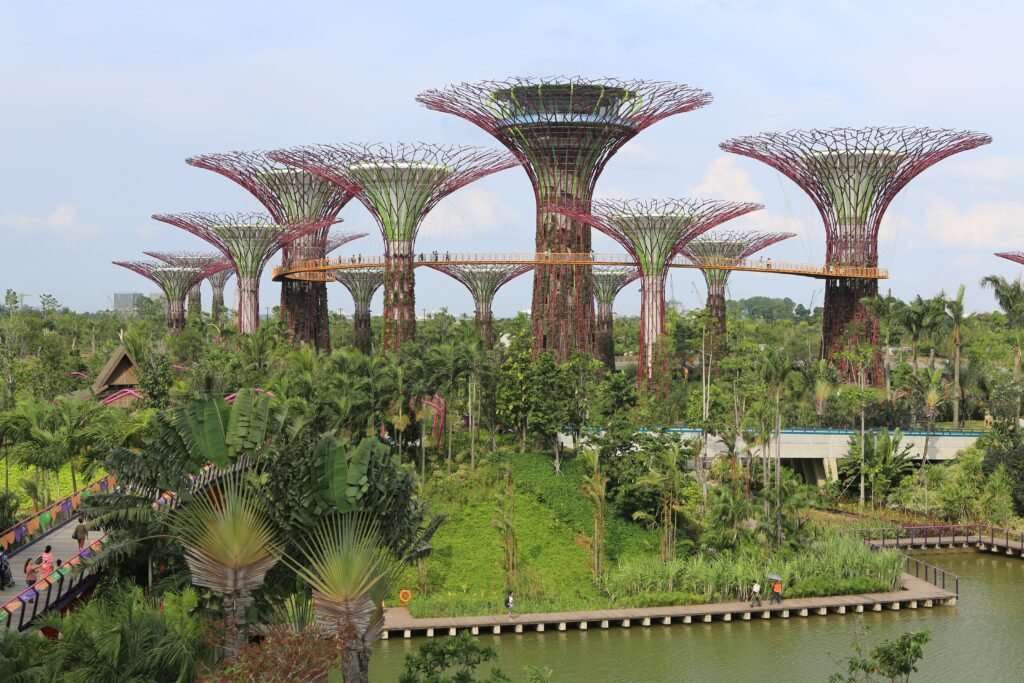
The High Line in New York City illustrates how re-purposing infrastructure can promote biodiversity. Once an elevated rail line, it has become a linear park supporting various plant species and attracting pollinators. By allowing native plants to grow alongside cultivated ones, the High Line creates a micro habitat that enhances local biodiversity while providing recreational space.
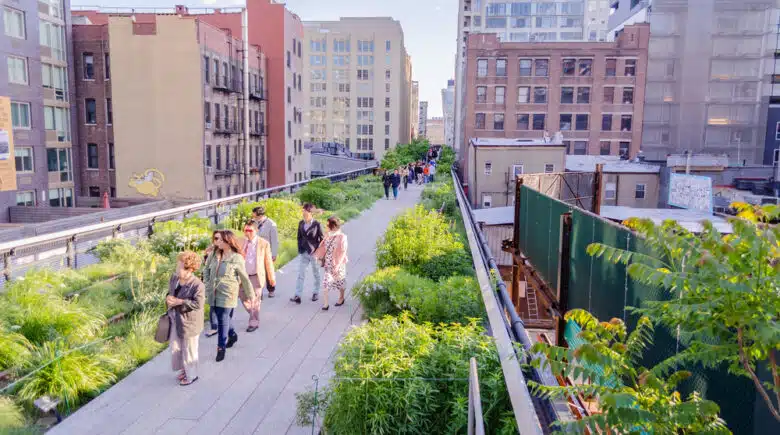
In Colombia, Medellín’s integration of green corridors showcases a successful urban landscape approach. The Parque Biblioteca España serves as a community hub while connecting green spaces, emphasizing accessibility to nature and promoting ecological education. This network encourages wildlife movement and supports diverse ecosystems, serving as a model for cities improving their ecological footprints.
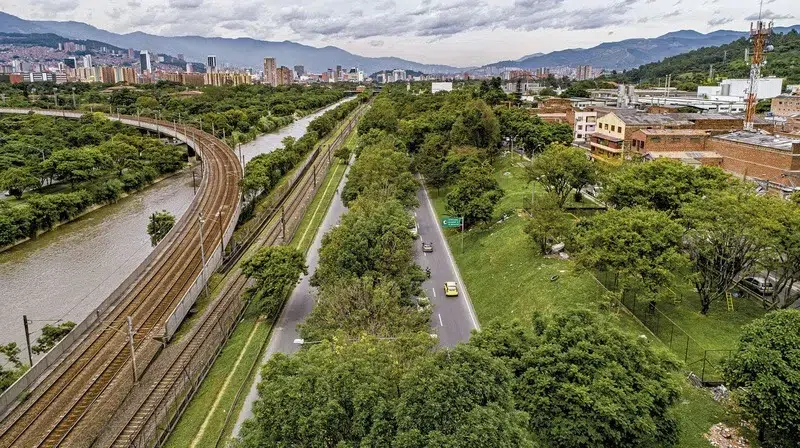
In Australia, Melbourne’s urban forest strategy aims to increase tree canopy coverage and biodiversity. This initiative includes planting native trees and creating green roofs, which support local wildlife, improve air quality, and reduce heat. By focusing on native species, Melbourne fosters community involvement in preserving local ecosystems, highlighting the importance of engaging residents in urban greening efforts.
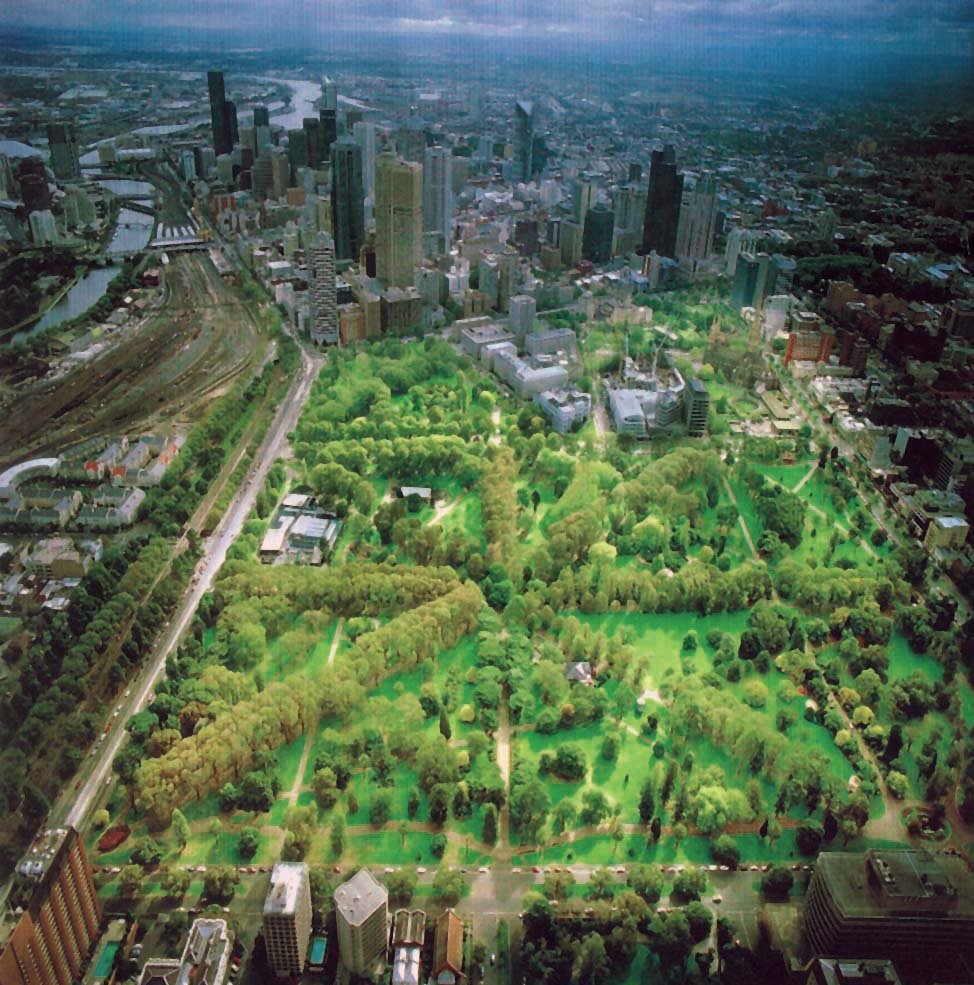
Another compelling example is the Green Ring in Amsterdam, which promotes sustainable transportation and urban biodiversity. This circular route connects parks, nature reserves, and waterfronts, encouraging cycling and walking. It fosters engagement with nature and highlights the importance of accessible green corridors that support wildlife migration and habitat connectivity.
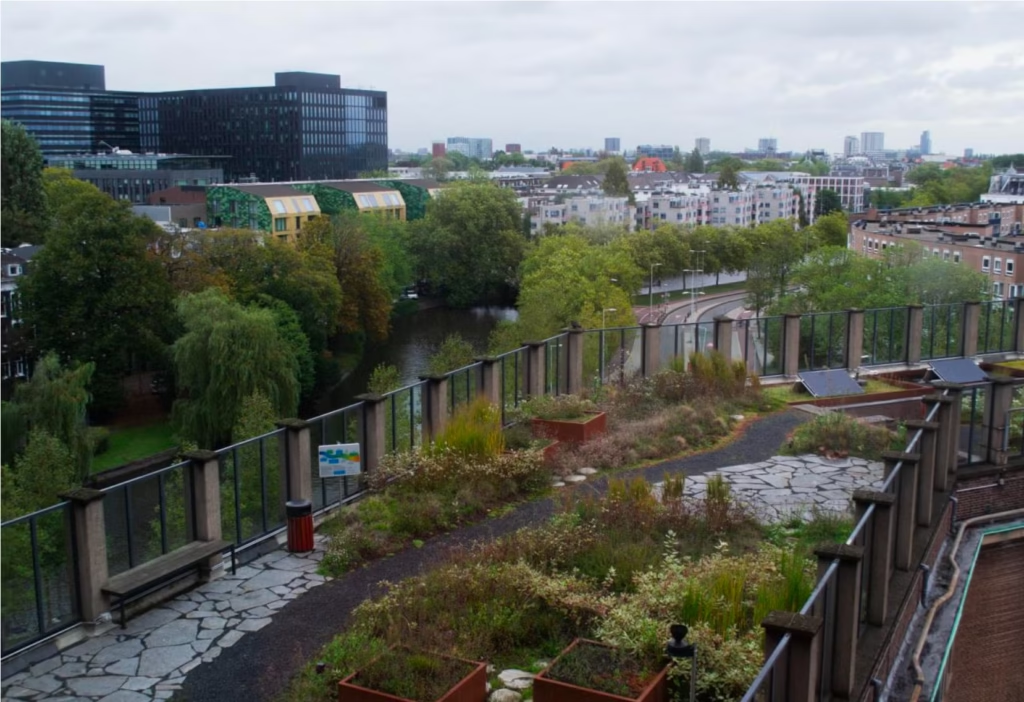
The Tokyo Green Space Initiative showcases the role of small urban parks in boosting biodiversity in densely populated areas. By creating pocket parks, Tokyo provides vital habitats for species like butterflies and songbirds while offering recreational spaces for residents. This highlights how even small green areas can significantly enhance urban biodiversity and improve living conditions.
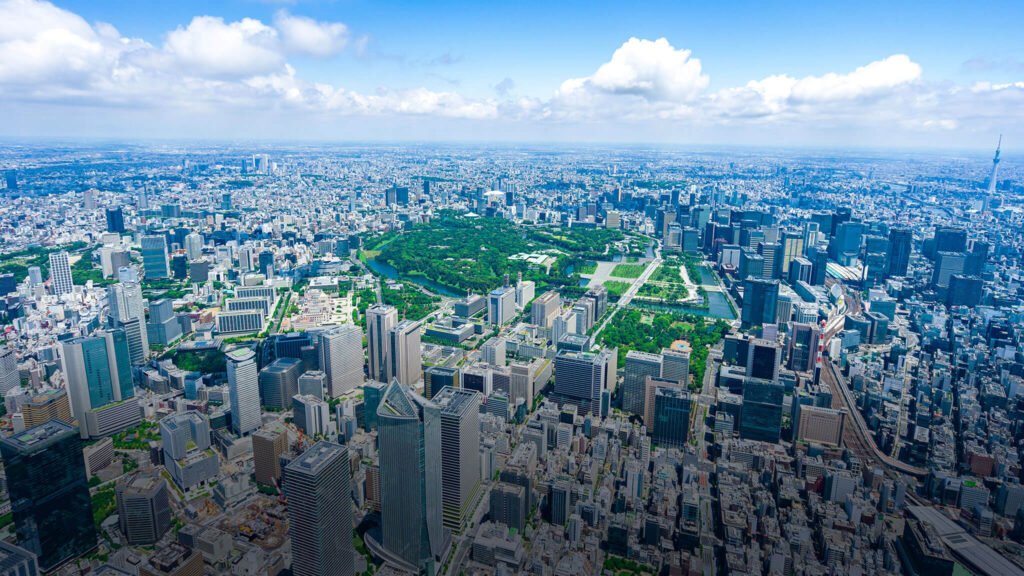
Curitiba in Brazil is known for its innovative urban planning, featuring an extensive network of parks and green corridors. This system integrates natural spaces with transportation and pedestrian pathways, enhancing residents’ quality of life and supporting biodiversity. Curitiba’s commitment to sustainable urban development serves as a model for cities aiming to improve their green infrastructure and ecological health.
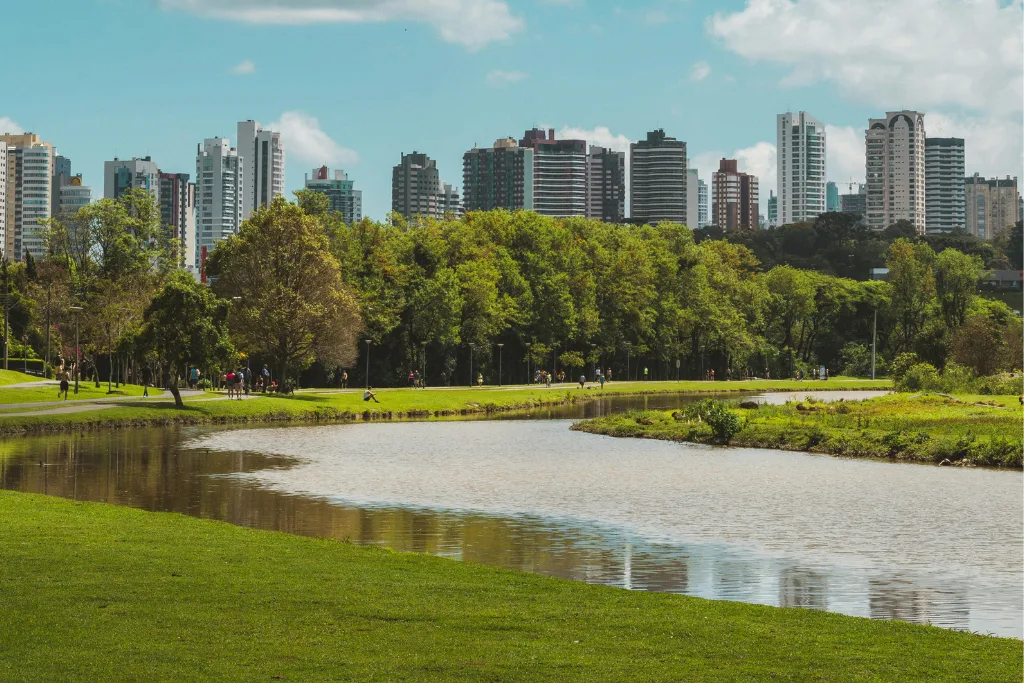
The Future of Urban Green Spaces
Innovations in Green Infrastructure
Innovations in green infrastructure are reshaping urban landscapes, balancing human development with nature. These approaches include practices and technologies that manage storm water, enhance air quality, and promote biodiversity. As cities grow, traditional concrete designs often harm the environment. Green infrastructure offers a sustainable alternative by incorporating natural processes into urban planning, improving ecosystems and residents’ quality of life.
A notable innovation is green roofs, which are increasingly adopted in cities. These roofs, covered with vegetation and soil, absorb rainwater, reduce urban heat, and filter air pollutants. They also provide habitats for various species, enhancing urban biodiversity. Cities like Chicago and Toronto have implemented extensive green roof programs, transforming underused spaces into thriving ecosystems.
Urban rain gardens and bioswales are another significant advancement. These features capture storm water runoff, directing it away from conventional drainage. With native plants and permeable materials, they enhance water infiltration and reduce flooding risks while supporting pollinators and wildlife. Communities that adopt these innovations often see improved water quality in local waterways, highlighting the link between urban infrastructure and ecological health.
Permeable pavements also represent an innovative approach. Unlike traditional surfaces, they allow water to infiltrate the ground, reducing runoff and promoting groundwater recharge. This technology mitigates flooding and fosters vegetation in urban areas. By using permeable materials in parking lots and streets, cities can improve green spaces and lessen urbanization’s environmental impact.
Finally, integrating urban forests and tree canopies is essential for enhancing biodiversity. Innovative planting strategies and community initiatives help increase tree coverage. Urban forests improve air quality, provide shade, and create vital wildlife habitats. They can connect isolated green spaces, facilitating species movement across urban areas. By prioritizing urban forestry, municipalities can beautify their landscapes and create resilient ecosystems that thrive alongside development.
A primary policy implication is land-use regulations. Policymakers should prioritize green corridor creation and maintenance in urban planning. This includes revising zoning laws to facilitate green space development and protecting existing natural areas. Policies supporting mixed-use developments with integrated green spaces can lead to healthier urban ecosystems and increased community engagement with nature.
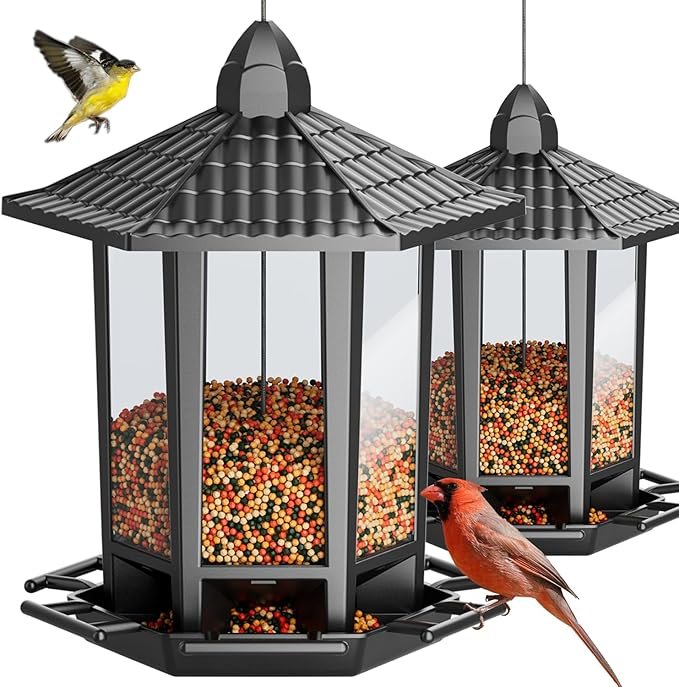
FUN-TO-INSTALL
GARDEN GIFT IDEA
EASY BIRD FEEDING
LIFETIME WARRANTY & VIP SUPPORT

